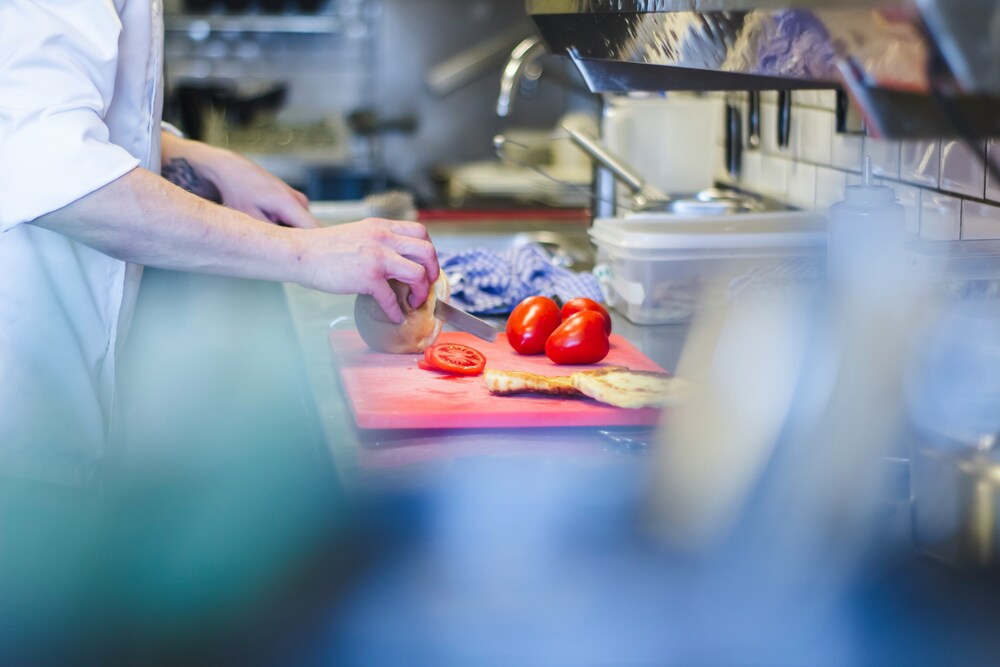
Culinary Adventures: How to Explore a Destination Through Food
Food is a universal language that transcends borders and connects people from different cultures. When you travel, one of the most delightful ways to explore a destination is by diving into its culinary scene. From street food stalls to fine dining restaurants, culinary adventures offer a unique opportunity to immerse yourself in a place’s culture, history, and traditions. In this article, we’ll explore how to make the most of your travels by embracing culinary adventures.
1. Research Local Cuisine
Before embarking on your culinary adventure, take some time to research the local cuisine of your destination. Learn about the signature dishes, ingredients, and cooking methods that are unique to the region. Websites, travel guides, and food blogs can be valuable resources for gaining insight into what to expect.

2. Seek Out Local Markets
Local markets are treasure troves of culinary delights. These bustling hubs not only provide fresh produce but also showcase the local food culture. Wander through the stalls, interact with vendors, and sample street foods and snacks. It’s a great way to taste authentic flavors and get a feel for the local way of life.
3. Ask Locals for Recommendations
Locals are your best guides when it comes to discovering hidden culinary gems. Strike up conversations with residents and ask for their favorite places to eat. They can point you to family-run restaurants, hole-in-the-wall eateries, and other hidden spots that may not be well-known to tourists.
4. Embrace Street Food
Street food is often the heart and soul of a destination’s culinary scene. Don’t be afraid to indulge in local street food offerings. Try everything from tacos in Mexico City’s markets to Pad Thai on the streets of Bangkok. These budget-friendly treats offer an authentic taste of the region’s cuisine.

5. Take a Cooking Class
A cooking class can be a fantastic way to deepen your understanding of a destination’s food culture. Many places offer hands-on classes that teach you how to prepare traditional dishes. You’ll not only learn about ingredients and techniques but also gain insight into the cultural significance of the cuisine.
6. Explore Food Festivals and Events
Check the local calendar for food festivals and culinary events taking place during your visit. These gatherings celebrate the rich culinary heritage of the region and provide opportunities to taste a wide variety of dishes. From wine festivals in Italy to food markets in Marrakech, these events are a feast for the senses.
7. Sample the Signature Dish
Every region has a signature dish that you must try. Whether it’s sushi in Japan, paella in Spain, or curry in India, make it a point to sample the local specialty. It’s a culinary adventure that can’t be missed.
8. Go Beyond the Tourist Areas
While popular tourist areas may offer a variety of dining options, don’t limit yourself to these places. Venture beyond the beaten path to discover authentic local eateries where you can savor dishes that are not altered to cater to tourist tastes.

9. Experiment with New Flavors
Culinary adventures are an excellent opportunity to step out of your comfort zone and experiment with flavors you’ve never tried before. Be open to trying new ingredients, spices, and combinations. You might discover a newfound love for a particular cuisine.
10. Keep an Eye on Dietary Restrictions
If you have dietary restrictions or food allergies, it’s essential to communicate them clearly when ordering. Learn how to say phrases like “no nuts” or “gluten-free” in the local language to ensure a safe and enjoyable dining experience.
11. Savor Local Beverages
Don’t forget to explore the beverage culture of your destination. Taste local wines, beers, spirits, and non-alcoholic beverages. Many regions have drinks that are deeply rooted in their culture, and sampling them can provide a unique perspective on the place you’re visiting.
12. Respect Cultural Norms
Cultural norms and dining etiquette can vary greatly from one place to another. Do some research on local customs, such as whether to tip, how to use utensils, or whether it’s acceptable to eat with your hands. Respecting these traditions shows appreciation for the local culture.

13. Document Your Culinary Journey
Take photos of your culinary experiences, whether it’s a beautifully presented dish or a street food vendor at work. Keep a food journal or start a food blog to record your culinary adventures and share them with others.
14. Share the Experience
Food has a unique way of bringing people together. Share your culinary adventures with fellow travelers and locals alike. Engage in conversations with those you meet at restaurants, markets, and cooking classes. It’s an excellent way to connect with people and learn more about their culture.
15. Bring Home Culinary Souvenirs
Consider bringing home culinary souvenirs from your travels. Whether it’s a spice blend, a bottle of local wine, or a cookbook, these items can help you recreate the flavors of your journey at home.
In conclusion, exploring a destination through its food is a sensory and cultural adventure that can enhance your travel experiences. It’s a chance to connect with the local culture, savor unique flavors, and create lasting memories. So, when you travel, make sure to embrace culinary adventures as an essential part of your journey. Bon appétit!





Leave a Comment